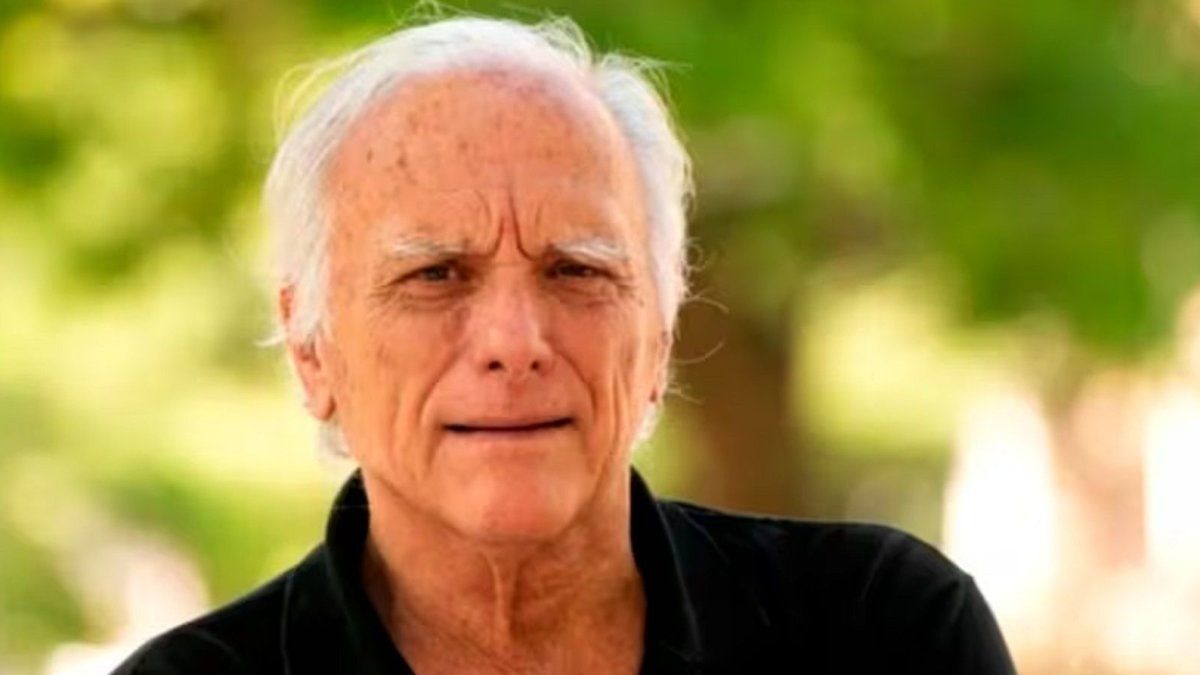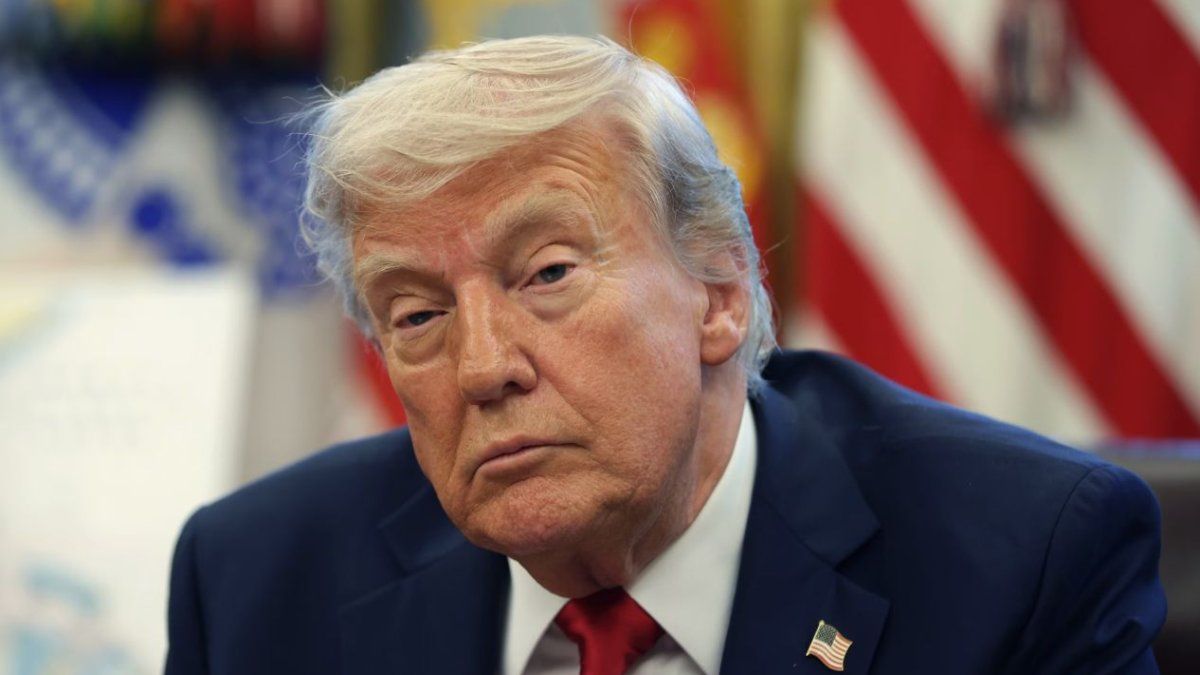Q.: Was this your grandfather?
JT: He was a man of an extraordinary character, a creator full of life, in addition to loving his family very much in which on the other hand he felt a stranger because his wife (May, as a young “La English”) did not speak well in Spanish and communicated with his children in English, and he did not speak it. I imagine then that he took refuge in the cinema, in poetry, in his tangos, in his scripts and in his friends, which were many. I quote only a few: Floren Delbene -actor and millionaire, owner of federal soap, for the memorial ones-, Lautaro Murúa, whose memorable image breaks into the first page of the novel, perhaps as an unconscious tribute of mine to the actors and actresses, Marian Perón, according to himself, said, or many years before José Agustín Ferreyra -that genius, an advanced -, Adolfo Z. Wilson, producer of countless films, Julio Joly, Luis Bayón Herrera, all mythical figures with which I dream already those who veneer, as well as the wise critics Domingo Dom I wanted to relive. As a counterpart, I don’t know if I wanted his sons -in -law … but we leave that there.
Q.: Of course, he had two daughters, in addition to Leopoldo son. One of them, Grace, wife of the remembered producer Juan Carlos Ciancaglini. And what about the grandmother?
JT: In the novel, it may have been unfair and did not tell that May Nilsson was a very exceptional woman, and somehow the material and spiritual support of the family, whom he loved and protected ultranza. I know that she suffered a lot of her husband’s loss, I know that my father’s premature death annihilated her. Orphan from a very young age, survivor of World War I was very poor and worked all her life as an English teacher. There is a personal newspaper written by his mother, Gertrudis, my English great grandmother, who keeps and served as a guide for the story of his childhood and first youth, in particular life in London during the war, in extreme poverty. Here came with his sister Dora. She married my grandfather, and Dora with a millionaire.
Youth
Q. Very catchy the story of the grandfather’s youth years making cinema in the greatest poverty with Agustín Ferreyra and Julio Yrigoyen, and the death of the brother at an early age. By the way, is you called Javier in memory of that one who had been your uncle grandfather?
JT: Javier was my grandfather’s older brother. Little and nothing is known, only that he wanted to be a painter and set designer and died very young. There are no photographs that show it, there are no paintings that have painted, drawings, nothing. Nor do I remember that my father would name him, but I imagine that my grandfather thought of him and influenced me to bear his name. I know he had decisive influence on my birth (or at the birth of that grandson who is his friend in the novel, a child who visits him who protects him). I also allowed myself to rebuild, with a more or less detective calculation the date on which my father had to be generated by my grandparents, around the date of the premiere of the Prima Opera de Torres Ríos, in 1923, “The dagger of the Mazorquero”, and where: a humble pension of the old street Carlos Pellegrini. There, the young marriage lived in the films. I think it is one of the findings of the novel.
Q.: He says nothing about Carlos, the other brother.
JT: From Carlos Torres Ríos I have no personal memory. It is a shadow. Once Mirtha Legrand told me very well about him. He was an extraordinary film technician, also director of many very popular films, a precursor in the management of the old cameras and lighting, which had to be very pharragosa in the early days.
Q.: There is an entire chapter about José Gola, the Galán Recio of the ’30s. But where and when does the version of his murder arise, contradicting the traditional version of death by peritonitis?
JT: The versions of the murder were very commented on the film environment, almost as a secret. Old technicians and actors and actresses who met him hinted to know more details. I tried to rebuild it, obviously with the freedoms of the novel genre.
Q.: Of course, it is a novel memory. The mortal shot of Jockey Tomás Mucklow on Palermo’s track is something else.
JT His death also marked the sad death of his mother, who threw himself at the train tracks at Vicente López station. The novel rescues her with tenderness, I think. Mrs. Mucklow, or Muclow, integrated that beloved nucleus of my grandmother’s friends who gathered, nostalgic, to read and sing in English on Saturday afternoon or on Sundays while Torres Ríos went to football or the races. The leading child of the novel gets bored, climbs the roofs, and later his grandfather begins to take him with his walks, in one of which introduces a young actress, who also fascinates the child. The child, observer, understands everything.
Q.: There I wanted to get. Did that young woman really exist, revealed it to Vd. Grandfather’s friends, was a speculation of the grandmother? Anyway, and as you well analyze, that character helps us feel more what you have intimate and personal for Torres Ríos the movie “what we love.”
JT: The idea of writing this novel arises, among other topics, from an enigma: is it true that Torres Ríos had that love story (similar to one that I also had, perhaps a karma) with an actress and very famous tango actress and singer, and that this relationship remained secret although for those years I heard some very cryptic comments between my parents? Children, otherwise, are very perceptive of those situations. In the novel the child knows everything, seeks and finds mysterious keys, a lipstick in the grandfather’s car, details. For obvious discretion and out of respect and a certain reverential fear in the novel I use a trick so that the name of the young woman does not know, a way to prolong that mystery that was installed in the family. There were too many indications, and my father once told me, many years later the name of the beautiful woman. That is to say: I know who the lady was, I talked to her already big, it was extremely cordial with me, and I will take her name to the grave.
Q.: Luckily you can mention other names, for example that of Graciela Lecube, with whom her grandfather behaved like a gentleman.
JT: It is a very special relationship, because she was on the blacklist of Peronism and at that very complex moment he helps to leave for exile, which will not return. It was one of his multiple samples of good relationship with his performers, similar to the protection he gave Lautaro Murúa newcomer to Argentina.
Q.: Then she became the figure of the Latin theater in the US, and we already reached to see her in a chapter of “Law and Order” (Was it a chapter directed by Campanella?).
JT: I had the immense fortune to meet great figures who worked with my grandfather. He had a lot of affection and respect for all of them, for Amelia Bence (the most beautiful eyes in the world), Murúa, María Concepción César, Bárbara Mugica, Jorge Luz, all glories of our cinema. Mariano Mores, a lovely man as well as a great musician. Another extraordinary man who met and told me that he had been his friend was Armando Discépolo, who got very excited to know that I was his grandson.
Q.: Little reproach: How was the choice of films that would be mentioned in the book? Few, for those who love Torres Ríos cinema. Was he planned to write a longer book and hurried him from the Editor company?
JT: I didn’t want to write a longer book, on the contrary. Or I really did it but then I cut it to assemble a more agile structure, covering the time with brushstrokes, with perhaps fleeting images, with effects such as using my father’s letters but without showing it, repeating even some of those letters to show the obsession and curiosity of that child. I wanted to tell chained stories where most of the characters appear and disappear, in particular through successive stories of love and friendship, something very frequent in the world of cinema. And of love of cinema, very particularly at a time as difficult as this: love of Argentine cinema, its creators, its interpreters, their critics, their producers. At its beginnings and its future, in its entirety and until today, that it hurts.
Q.: And other stories.
JT: Of course, other really very novel love stories, fascinating: Ferreyra with Lidia Liss and then with the superstar of the dawn of our cinema María Turgenova, Torres Rios with her beloved wife May, her sister Dora Nilsson with the millionaire Isidoro Marconetti, José GOLA with the enigmatic lovers who will drag him to death, the timid Mrs. (Dozens of letters that I keep, real) and in turn with Beatriz Guido, who never appears in the novel but that is always present in a mysterious way, on trips around the world, in the lavish hotels that nobody knows, and also, even, even those friends and partners also in love are Connery and the infinitely beautiful cilento diane Find is precisely the brief film society formed by Torre Nilsson with Derek Prouse and Connery marriage).
Source: Ambito
I am an author and journalist who has worked in the entertainment industry for over a decade. I currently work as a news editor at a major news website, and my focus is on covering the latest trends in entertainment. I also write occasional pieces for other outlets, and have authored two books about the entertainment industry.




